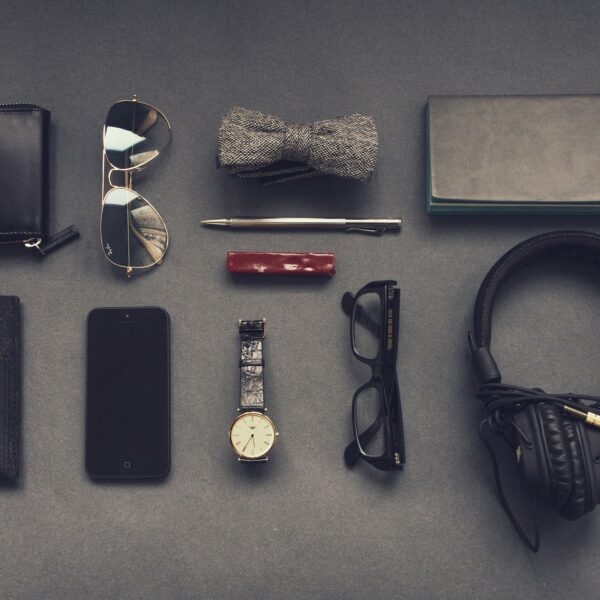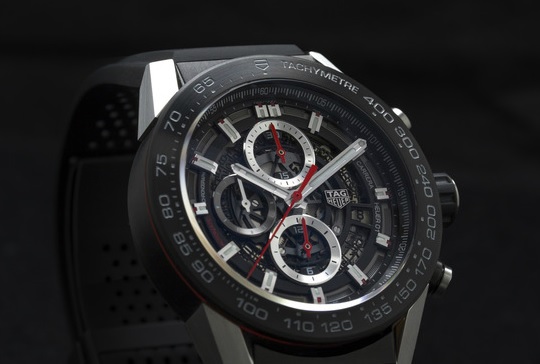One of the hottest fashion trends of 2015 is unisex clothing. The blurring of genders has been the topic of intense debate for some time now – along with issues such as body weight and ethnicity, it’s a big part of the debate around identity politics.
Several major designers, such as Alessandro Michele from Gucci, have recently broken ranks and launched collections that can be worn easily by both men and women. Of course, liberating fashion from stiff gender rules is nothing new. In World War I, with most young men away at the front, women assumed their jobs in fields and factories and with them, their workwear.
In the 1930s, silver screen goddesses such as Katherine Hepburn and Marlene Dietrich were often seen in Hollywood glamour shoots wearing slacks, shirts and ties. And men? David Bowie’s androgynous look in the 1970s raised a few eyebrows and no doubt continues to influence today. Men wear skirts in many cultures – they’re practical in warmer climes, but in the West the only common example is the kilt.
Where to start with gender-neutral design? The suit is as good a place as any. Many of us will remember the incredible performance Diane Keaton gave in Annie Hall, in which she frequently appeared in men’s apparel, including slacks and a waistcoat. There is a reason why aficionados of gender-neutral styling often look to the suit first of all. It’s perfect for dressing up, with a huge variety of fabrics and colours available, as can be seen from this selection of funky Dobell blazers, and it can just as easily be dressed down with a t-shirt or a pair of trainers.
Handy Guide for Gender-Neutral Suits
For women interested in buying a suit, there are some useful tips to keep in mind. First and foremost is that it pays to know a competent tailor. Since most designers still create suits for men, many women may struggle to find a good fit off the peg, but a tailor that knows his or her stuff can do wonders.
- The seam of the jacket should rest along the shoulder, and not fall below. Because many men’s suits have padding in the shoulder area, it is recommended for women to consider buying a size smaller than they need, and wearing it unbuttoned.
- When it comes to buttons, it doesn’t take long to realise that a man’s jacket buttons are the other way round from a woman’s. On a suit, the bottom jacket button is always left unbuttoned.
- The waist can be fitted to avoid a boxy look.
- While with men the jacket tends to end at the same height as the knuckles, with jackets for women there is a lot more room to manoeuvre. This is useful when it comes to accentuating certain body parts such as the hips or bottom.
- The trousers can also be tailored to your body shape. That’s why it’s always best to buy a size too large, and have the excess material removed from hips, thighs or bottom as necessary. Not a great deal can be done with a suit that is too small.
The trouser hem should ideally finish at the shoelaces.
Earlier this year Selfridges launched their first gender-neutral department store where men and women can browse outfits on the same aisles as each other, an unusual concept but one that may gain traction. Gender-neutral styling has been with us for years, but only now are designers and retailers really getting behind it as a movement, and that could mean that it’s here to stay. If so, that’s good news for the fashion industry where some of the all-time great trends have been born from breaking the rules.




Like this article? Share with your friends!